On Investing
From market moves to the latest economic news, On Investing looks below the surface of the headline data to bring you fresh insights on what's happening and why—and what the implications are for your portfolio.
2026 Market Outlook
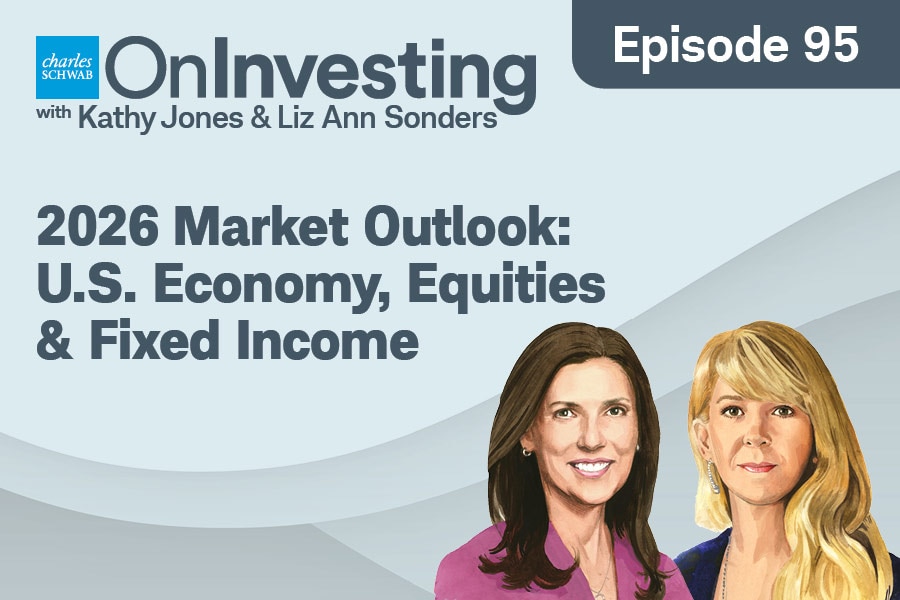
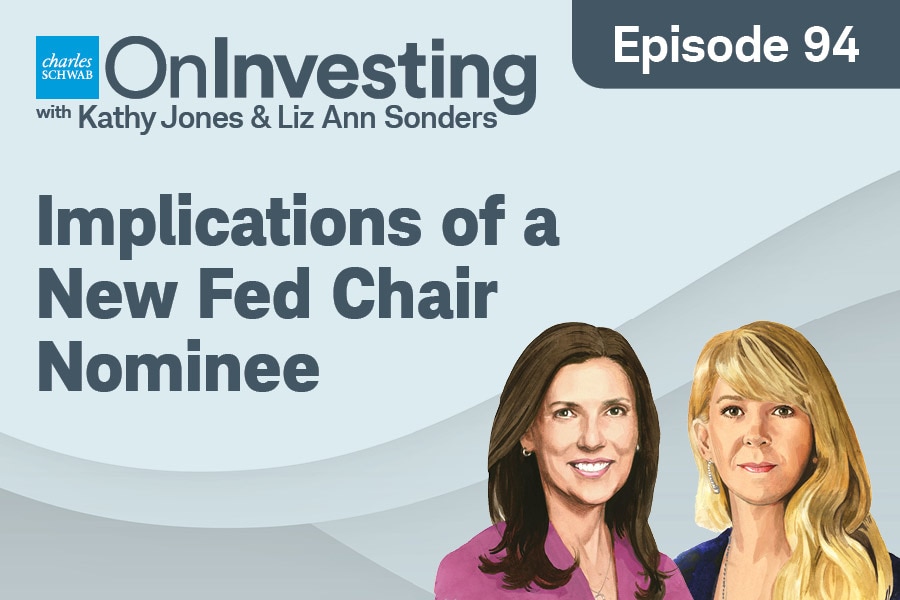
Markets Expect a Cut
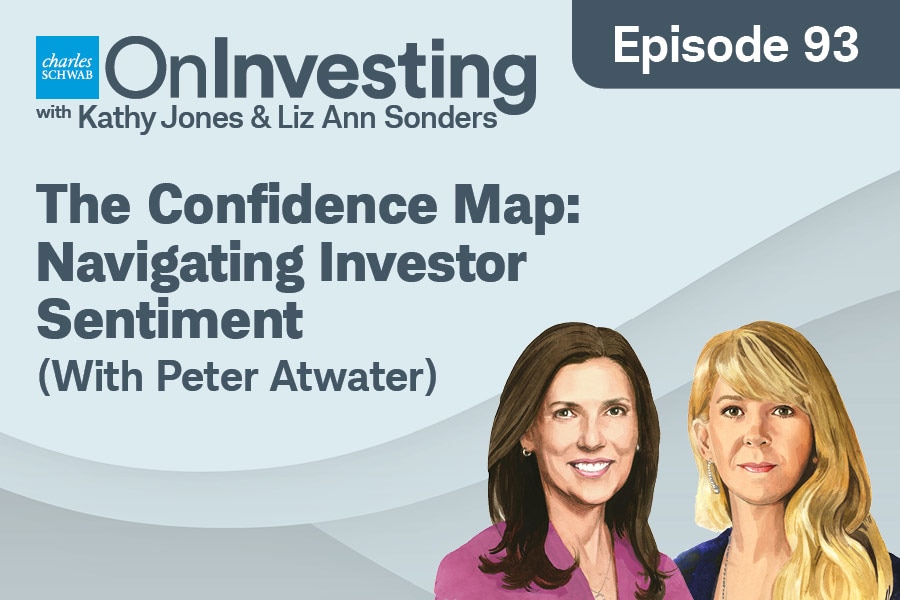
The Confidence Map
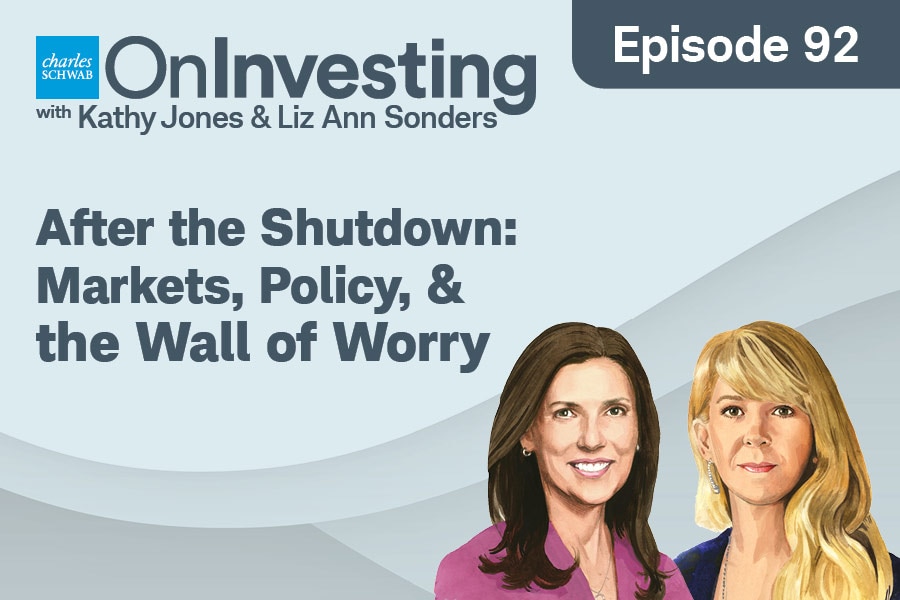
After the Shutdown
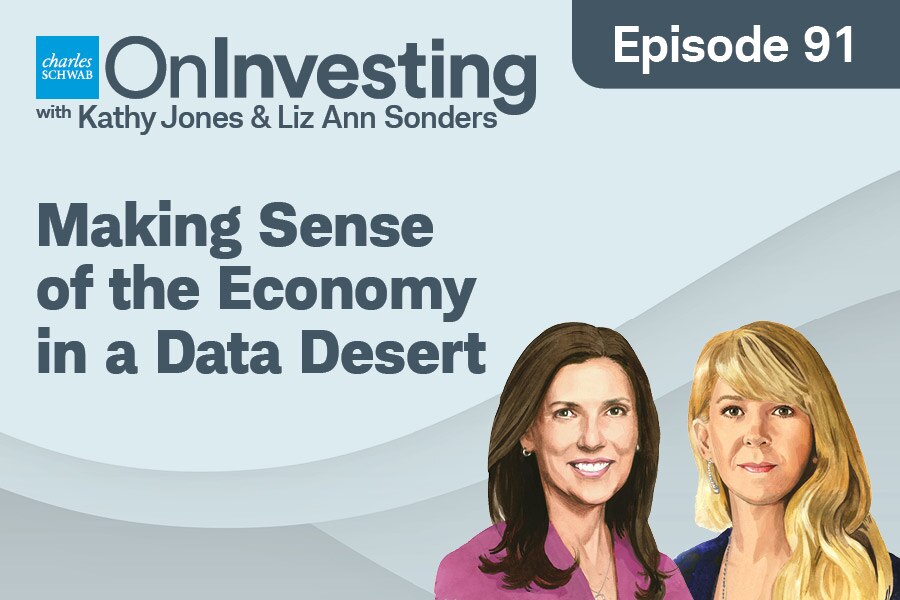
The Economy in a Data Desert
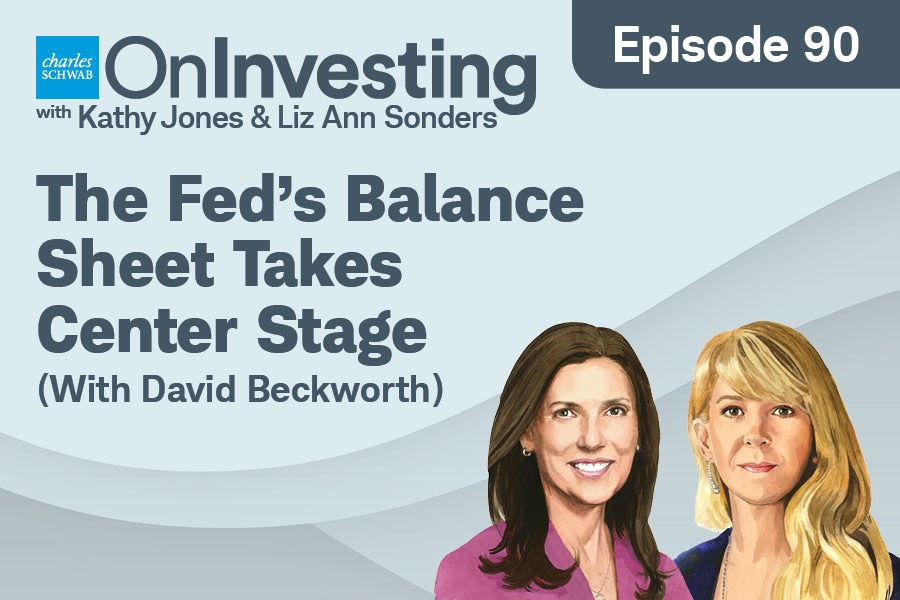
Fed’s Balance Sheet
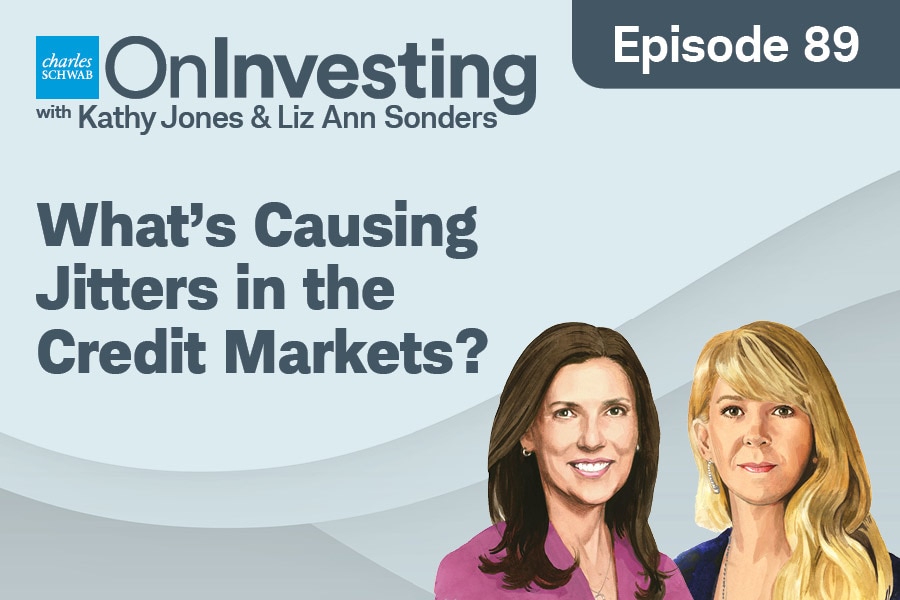
Jitters in the Credit Markets
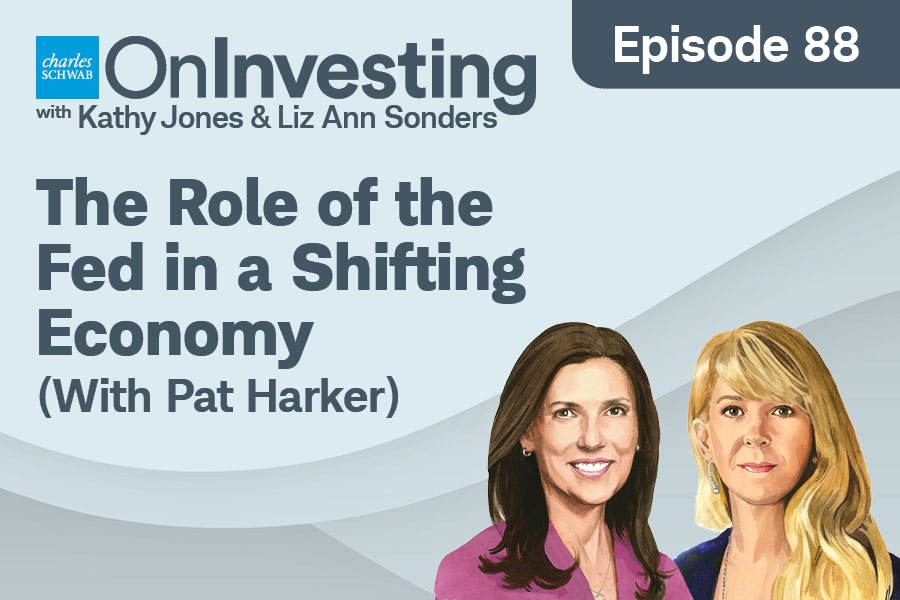
Monetary vs. Fiscal Policy
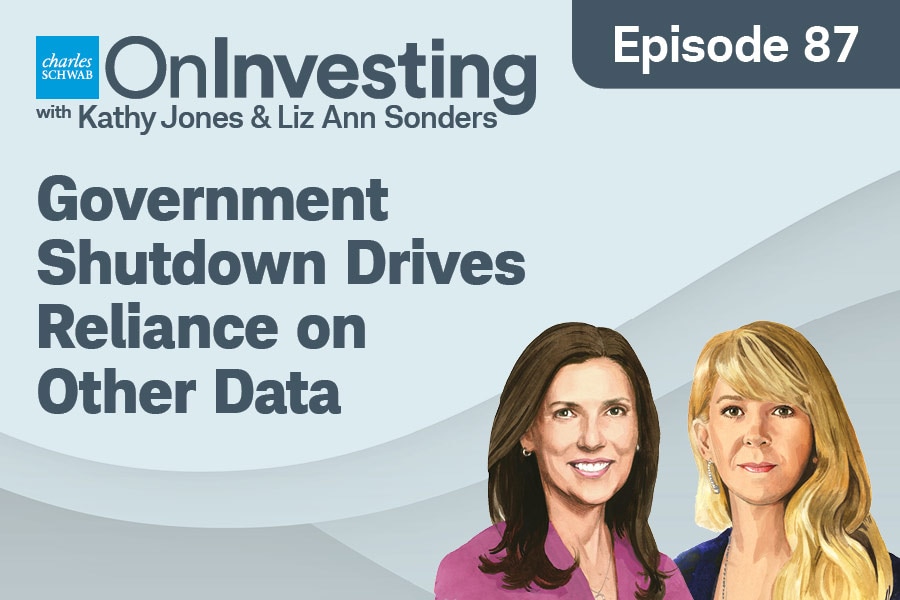
Reliance on Alternative Data
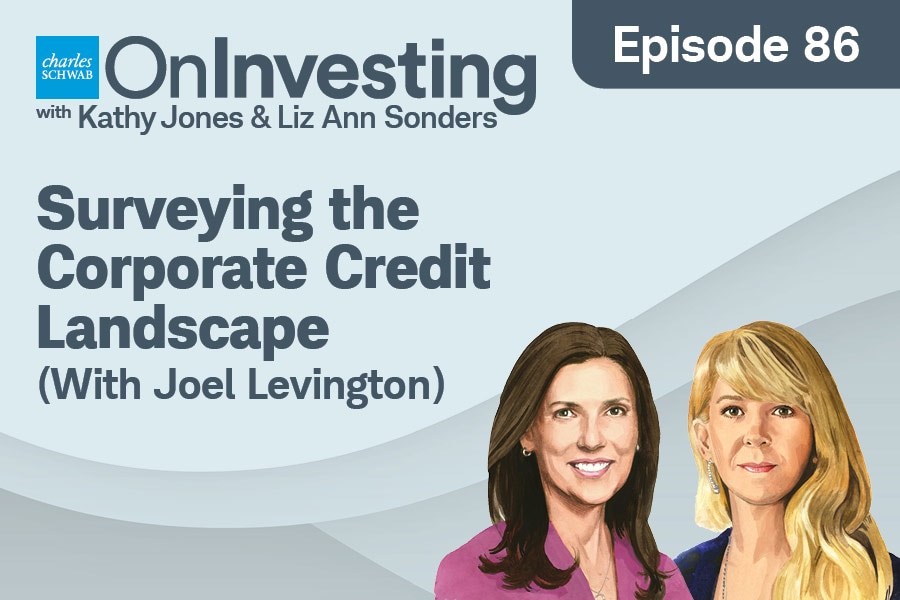
Corporate Credit Landscape
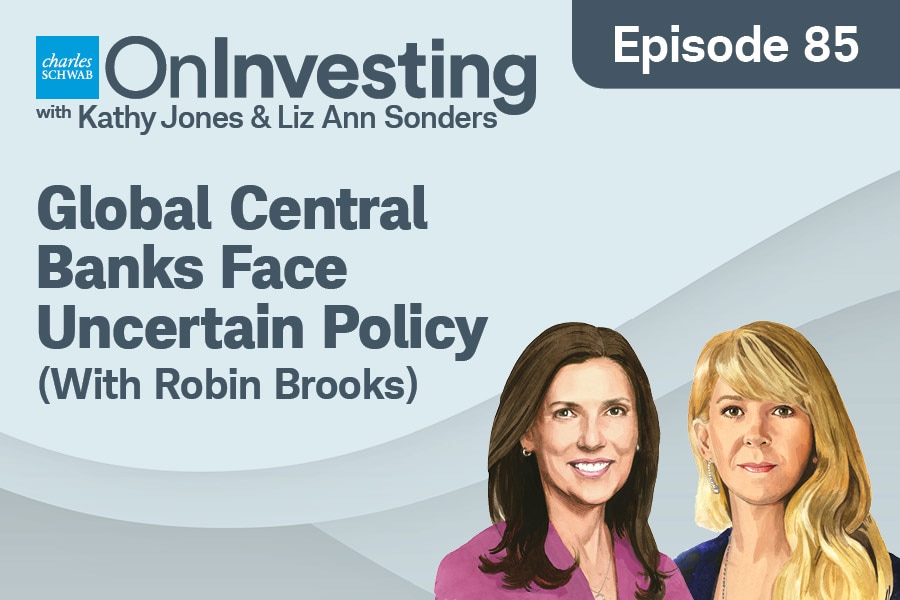
Central Banks Face Uncertainty
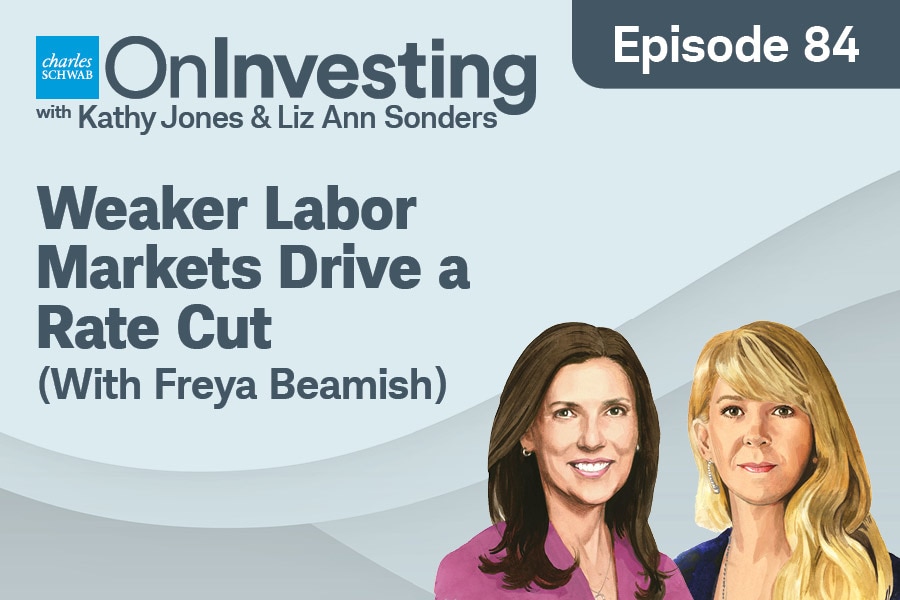
Labor Markets & Rate Cut
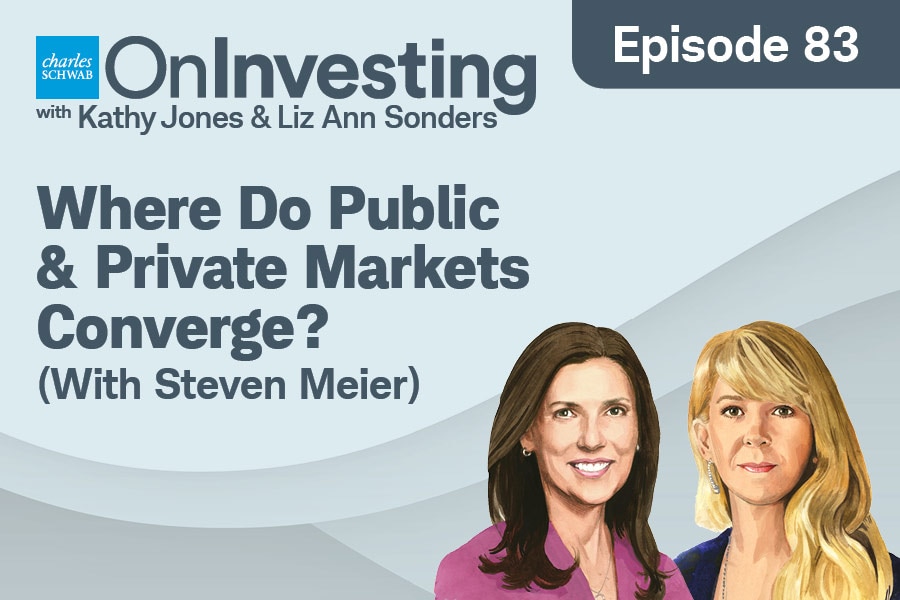
Public & Private Markets Converge?
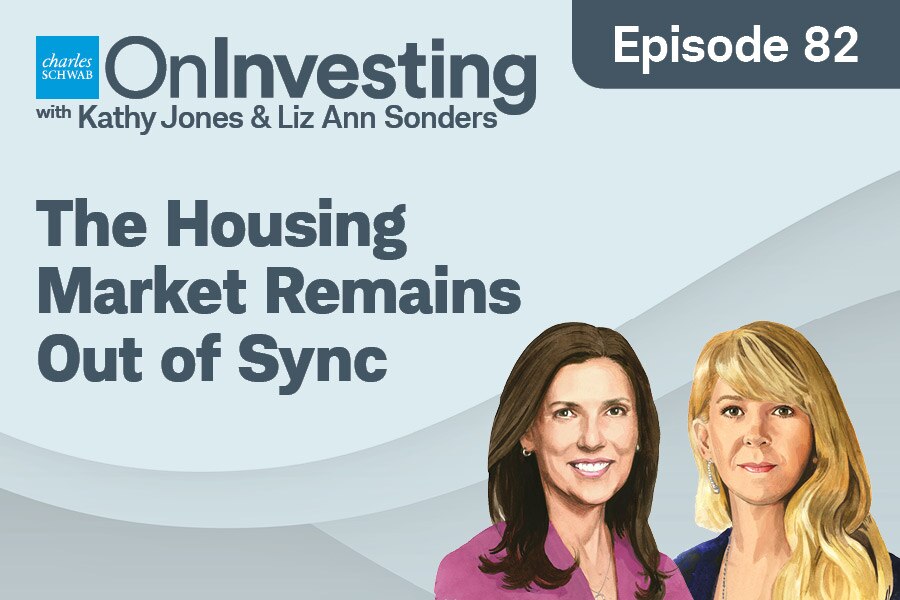
Housing Market Dynamics
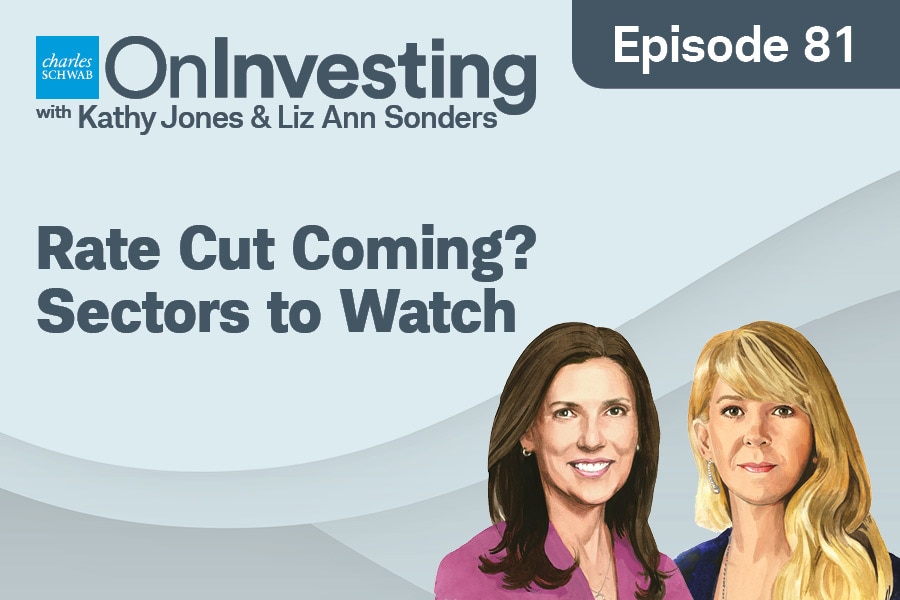
Rate Cut Coming? Sectors to Watch
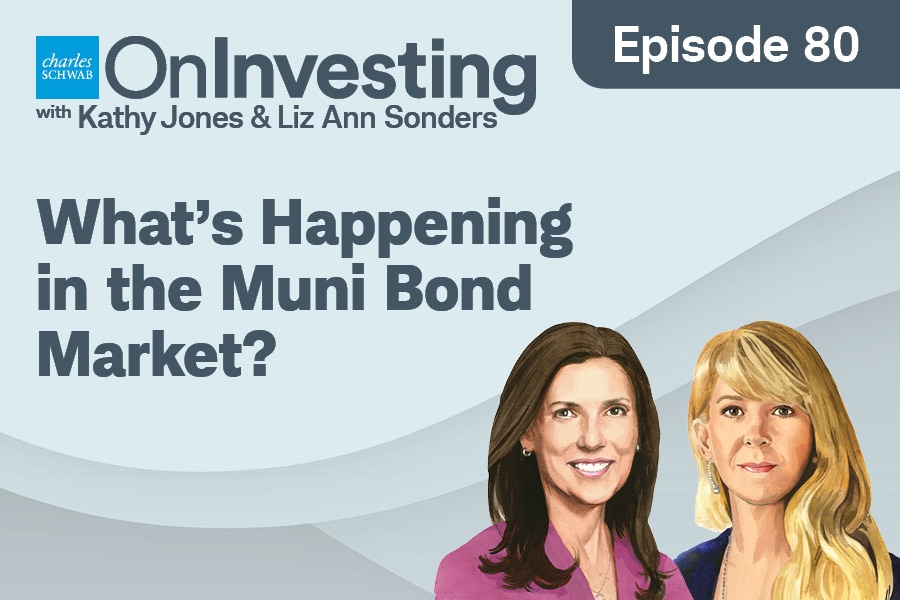
Muni Bond Market Update
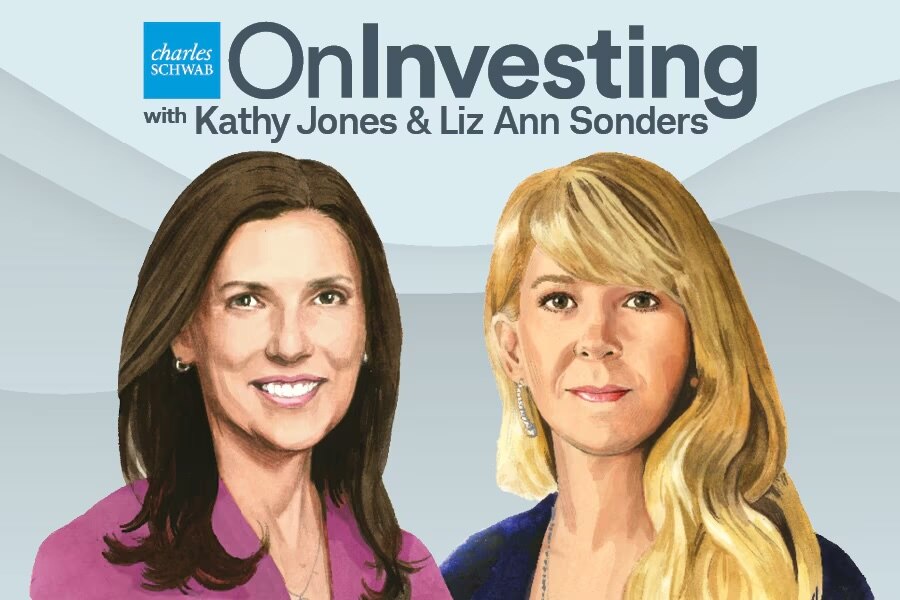
Inflation Edges Up

What's the Tariff End Game?
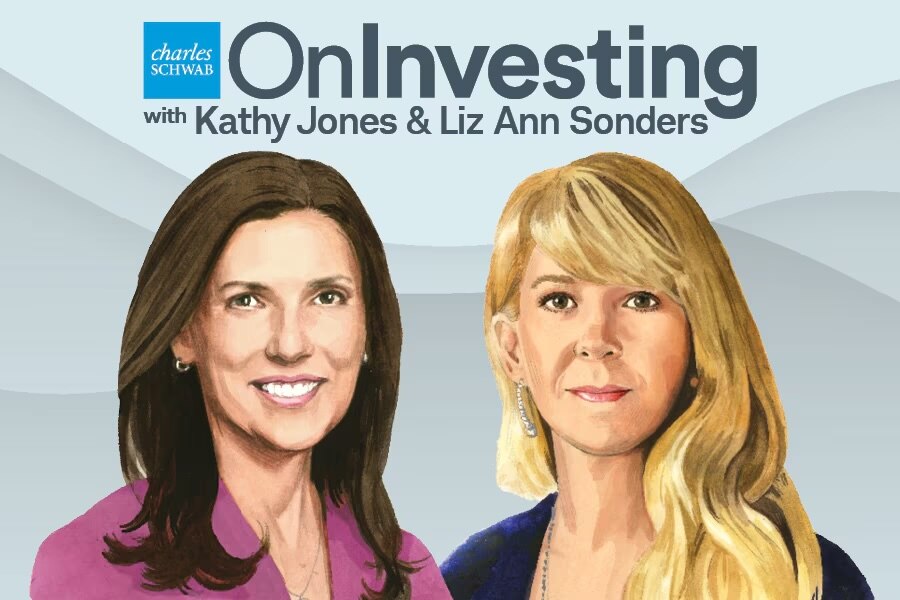
Trends in the Credit Markets

Latest Inflation Numbers

Tariffs & Deficits

Markets and Economy
Geopolitics & the Markets

Markets and Economy
'Muddiness' & Uncertainty

Markets and Economy
Tariff-Related Impacts Continue

Markets and Economy
Sentiment vs. Hard Data

Markets and Economy
Navigating the 'Funky' Market Environment

Markets and Economy
Understanding Muni Bonds

Markets and Economy
Inflation or Unemployment?

Markets and Economy
Confidence in U.S. Investability

Markets and Economy
Bond Markets React to Uncertainty

Markets and Economy
Market Volatility & Dividends

Markets and Economy
Recent Market Volatility

Markets and Economy
Labor Market & Tariffs

Markets and Economy
Avoiding Unforced Errors

Markets and Economy
The Risk of Stagflation

Markets and Economy
Is Recession on the Horizon?
Explore more topics
The information provided here is for general informational purposes only and should not be considered an individualized recommendation or personalized investment advice. The investment strategies mentioned here may not be suitable for everyone. Each investor needs to review an investment strategy for his or her own particular situation before making any investment decision.
All expressions of opinion are subject to change without notice in reaction to shifting market conditions. Data contained herein from third-party providers is obtained from what are considered reliable sources. However, its accuracy, completeness, or reliability cannot be guaranteed.
Examples provided are for illustrative purposes only and not intended to be reflective of results you can expect to achieve.
Investing involves risk including loss of principal.
Past performance is no guarantee of future results, and the opinions presented cannot be viewed as an indicator of future performance.
The Schwab Center for Financial Research (SCFR) is a division of Charles Schwab & Co., Inc.
Apple, the Apple logo, iPad, iPhone, and Apple Podcasts are trademarks of Apple Inc., registered in the U.S. and other countries. App Store is a service mark of Apple Inc.
Google Podcasts and the Google Podcasts logo are trademarks of Google LLC.
Spotify and the Spotify logo are registered trademarks of Spotify AB.